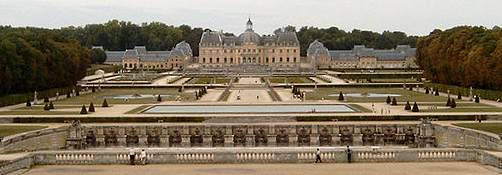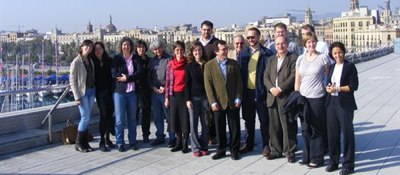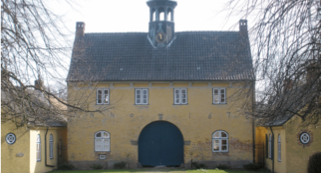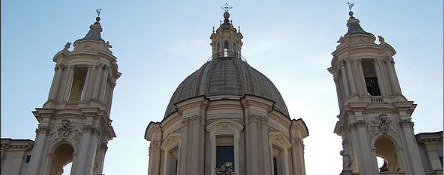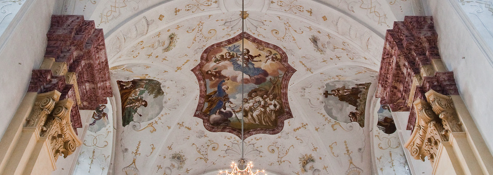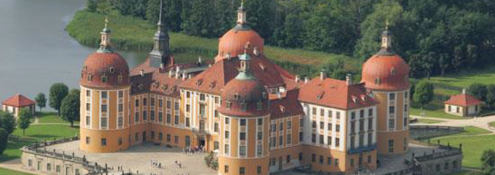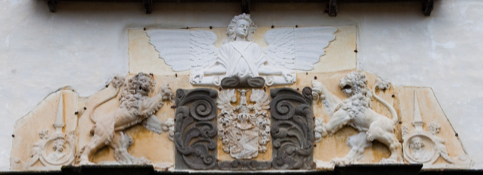Author: Medizinische Universität Wien
Usually epidemics "benefitted" from malnutrition, cramped living conditions especially in the poorer districts, and sanitary deficits that boosted the spread of infectious diseases. And there were many of them, the plague being one of the most elaborately described in terms of medical aspects by contemporary sources. The faculty of Medicine at Vienna University was facing quite an ambitious challenge, as it was after all called upon to investigate into the reasons of the epidemic and develop effective measures to prevent its recurrence.
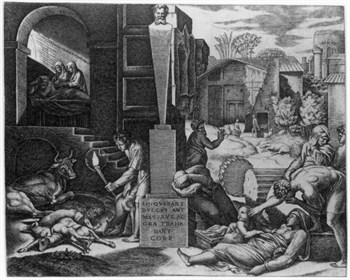
Immoral or improper behaviour was believed to be one of the reasons for the outbreak of the plague. In such times of crisis people frequently resorted to pilgrimages and rogation or thanksgiving processions, especially in regions influenced by the counter-reformation. Very often, votive columns were erected to commemorate those difficult times, serving as a reminder to conduct oneself in the "appropriate" way as defined by the church and politics. In a way they are a political signal, too; they are "pillars of power", as Christine Boeckl describes them.
more text (the plague in pictures)
The extremely comprehensive sources of the County Archive of Sopron impressively illustrate how the city, which actually possessed a very well functioning health system dealt with the epidemic. Supported by the Austria-Hungary Campaign, Anita Dominkovitsné Sakacz was able to describe the situation within the framework of a project.









